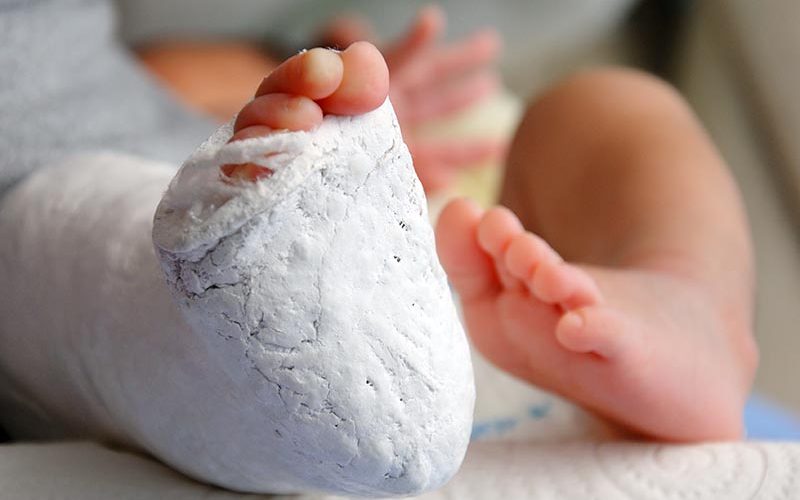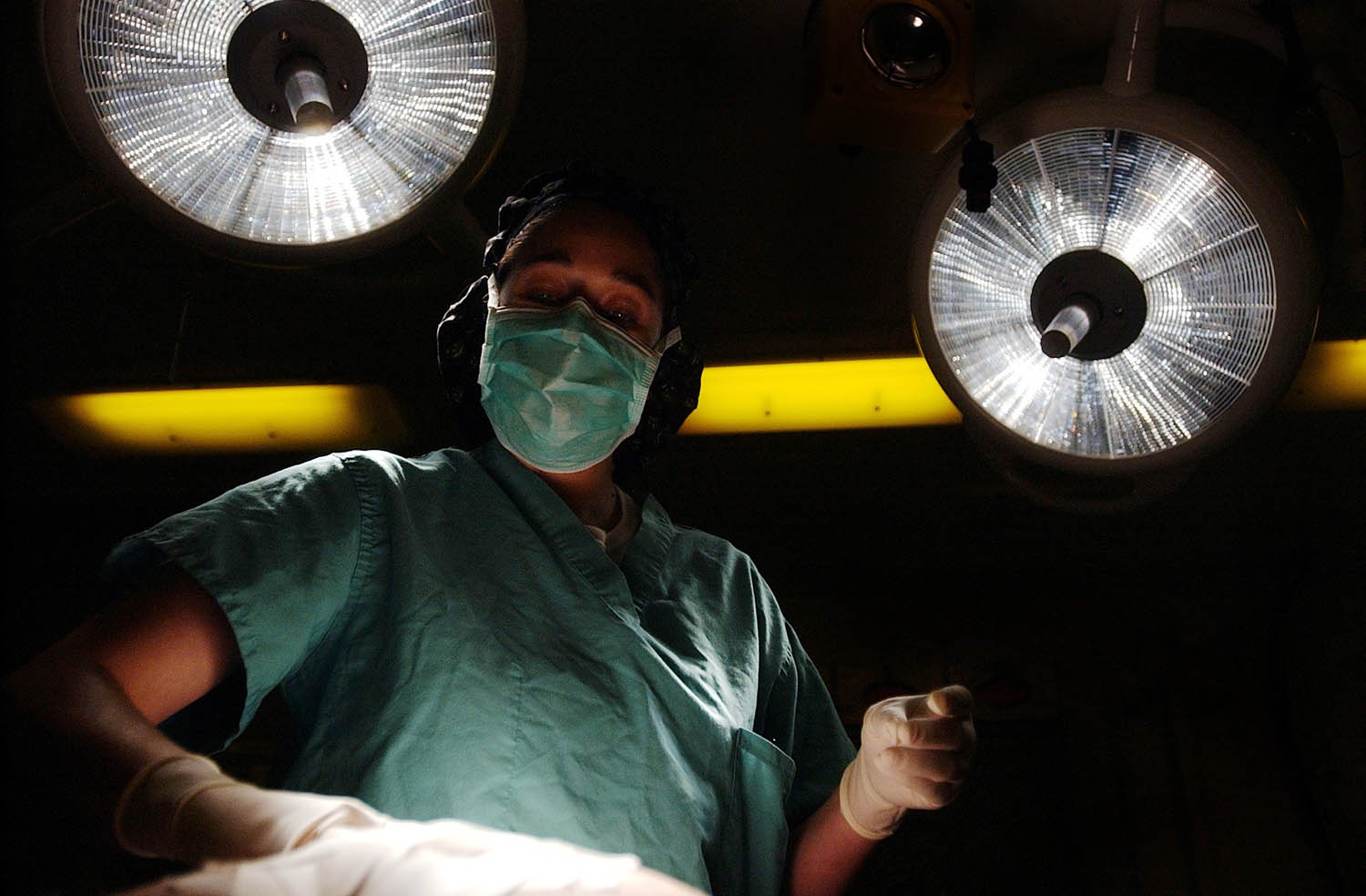What is a Birth Injury?
Approximately 7 out of every 1000 babies born in the United States suffer from birth injuries. Birth injuries are caused by potentially avoidable adverse events at birth that cause damage and impair the baby. These injuries can occur when medical professionals act negligently in their oversight during pregnancy or baby delivery.
Medical malpractice can result in injuries to either the baby or mother. These injuries can range from minor injuries that are easily correctable to more severe injuries and even death.
According to the CDC, in 2018, the infant mortality rate was 5.66 deaths per every 1000 live births, with the fifth leading cause of infant death being unintentional injuries.
Birth Injury Statistics
According to the National Healthcare Quality Report, in 2000, birth injuries occurred in males at a rate of 6.83 birth trauma injuries per 1000 live births, while they occurred in females at a rate of 5.06 birth trauma injuries per 1000 live births.
Mothers can also incur injuries during delivery, and the injury rate is generally higher for vaginal deliveries assisted by birthing instruments than in non-instrument-assisted vaginal births. Instrument-assisted vaginal deliveries cause damages at the highest rate among mothers aged 25-34, while at the lowest rate among mothers aged 40-54. Non-instrument-assisted vaginal births only cause increased injuries for mothers aged 25-29.
From 2000-2006, vaginal births without instruments caused injuries to occur at a rate 30% lower than instrument-assisted vaginal birth. Injuries occurred at a lower rate in cesarean section births but increased as the mother’s age increased.
Additionally, a 2005 report from the Agency for Healthcare Research and Quality (AHRQ) found that Caucasians had higher rates of birth injuries than blacks and Hispanics.
Causes of Birth Injuries
Medical negligence can result from a variety of causes. Miscommunication among doctors and other hospital staff has caused thousands of deaths, according to a 2015 study conducted by CRICO Strategies. 37% of high-severity injuries resulted from a communication error.
Among obstetrics cases, 34% involved a communication failure. These errors can happen at any time during the pregnancy but most frequently occur once labor has begun and continued through delivery.
Miscommunication has led to many birth injuries, with 56% being severe and 23% leading to the death of the mother or child.
The most common types of miscommunications include miscommunication about the patient’s condition (37%), improper documentation (16%), language barrier (8%), and inadequate informed consent (8%).
Birth injuries can also result from a doctor’s negligent care of a woman during her pregnancy. Pregnant women are at a higher risk to develop medical conditions throughout their pregnancies, some of which can result in severe complications and harm both the baby and mother.
Birth injuries can arise from a doctor’s failure to monitor a pregnant woman or fetus adequately. Doctors can similarly commit malpractice during the delivery of the baby. Improper birthing instruments, such as forceps or vacuums, can lead to birth injuries.
Inexperience in conducting operative vaginal deliveries can lead to higher risks of complications and birth injuries to the mother or baby.
While the incidence of injury is lower in C-sections, damages can still occur. A study published in the journal Obstetrics & Gynecology found that of identified fetal injuries that resulted from a C-section, deliveries with a failed forceps or vacuum attempt led to the highest occurrence of damage.
However, a British Medical Journal article found that using a vacuum during delivery causes “infants [to] experience a lower risk of birth injury, neonatal seizures and the need for assisted ventilation” than using forceps.












